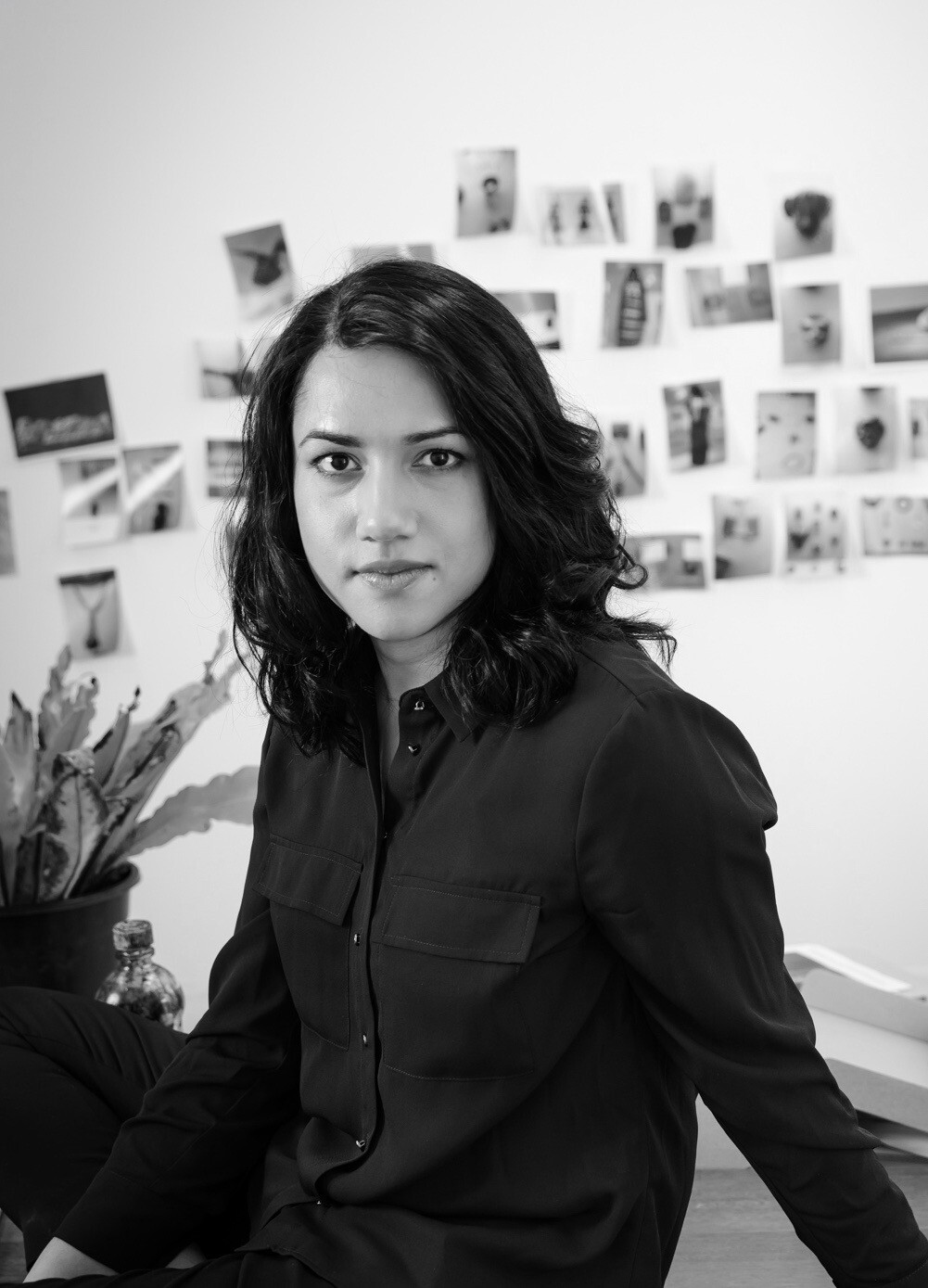The Biennale of Sydney stands as Australia’s foremost (and largest scale) international contemporary art festival. This year, it adopts the thematic title “Ten Thousand Suns” to mark its 50th anniversary, under the artistic direction of Cosmin Costinaș and Inti Guerrero. The exhibition comprises an array of histories, voices and perspectives, ranging from the resurgence of First Nations technologies and knowledge to Queer resilience and global carnival traditions. The Biennale is currently being hosted across various venues in Sydney, including the Art Gallery of New South Wales, Artspace, Chau Chak Wing Museum at the University of Sydney, Museum of Contemporary Art Australia, Sydney Opera House, UNSW Galleries and the recently restored White Bay Power Station.
“Ten Thousand Suns departs from an acknowledgement of a multiplicity of perspectives, cosmologies, and ways of life that have always woven together the world under the sun. A multiplicity of suns conveys ambiguous images. It evokes a scorching world, both in several cosmological visions and very much in our moment of climate emergency. But it also conveys the joy of affirmed cultural multiplicities, First Nations understandings of the cosmos brought to the fore, and carnivals as forms of resistance in contexts that have surpassed colonial oppression,” says Artistic Directors Cosmin Costinaș and Inti Guerrero.
The 2024 edition will showcase 96 artists and collectives hailing from 50 countries and territories, embodying practices entrenched in diverse communities and artistic vocabularies. Visitors will encounter dynamic artworks, expansive installations and site-specific projects. The audience will have the opportunity to engage with the works of First Nations artists, notably Aboriginal and Torres Strait Islander individuals, who have been commissioned by the Visionary Partner, Fondation Cartier pour l’art contemporain, to create original art for this edition.


Upon entrance at the Museum of Contemporary Art Australia, the foyer walls will be transformed with original artwork commissioned and created by Iraqi-Swedish-American artist of Kurdish descent Hayv Kahraman. Through the medium of Ebru marbling techniques, the mural portrays the harrowing experiences of undocumented migrants navigating their way to Australia via sea, shedding light on their struggles with violence and vulnerability.


Kirtika Kain, an Australian artist born in Delhi, works within Dharug land. Her artworks are influenced by her experiences within the Dalit diaspora, which echo through her family archive and the rich history of anti-caste literature and song. Through her body of work, Kain presents a visual narrative that intertwines personal and collective histories, exploring the complexities and multifaceted nature of Dalit existence. Kain’s designs are created with materials rooted in her cultural context – using pigments, wax, sindoor, human hair, charcoal, gold, and tar – reclaiming their traditional religiosity.

![Catarsis [Catharsis] (2014-16) courtesy of the artist](https://cdn.habitusliving.com/wp-content/uploads/Catarsis-Cristina-Flores-Pescoran--1-scaled.jpg)
Peruvian artist Cristina Flores Pescorán has designed a large-scale textile sculpture, drawing inspiration from her journey of healing from a skin cancer condition. This journey, spanning nearly two decades, involved enduring invasive examinations, biopsies, surgical procedures and ongoing medical observation. Devoting her life to both overcoming her illness and exploring alternatives to Western medical practices, the artist conceptualises a cure not as treatment, but as an intricate dialogue between body and ancestry, deeply intertwined with the rejuvenating forces of nature. Crafted from Peruvian cotton thread, intricately dyed with purple corn – a staple of the artist’s diet during her treatments— the sculpture, “Abrazar el sol,” symbolises reconciliation between woman and sun.


Dylan Mooney, a Yuwi, Torres Strait, and South Sea Islander man from Mackay, channels community narratives, contemporary events and social media into his artwork. Spanning various mediums including painting, printmaking, digital illustration and drawing, Mooney endeavours to reshape dialogues around marginalised voices. Despite being legally blind, Mooney leverages the digital medium’s backlit display to create a visually impactful illustrative style characterised by vibrant, saturated colours, reflecting his sharp political awareness and insights. Through his work, Mooney contributes to a significant body of art that embodies hope and a transformative portrayal of queer love within communities of colour.
Biennale of Sydney
biennaleofsydney.com
Photography
Various

